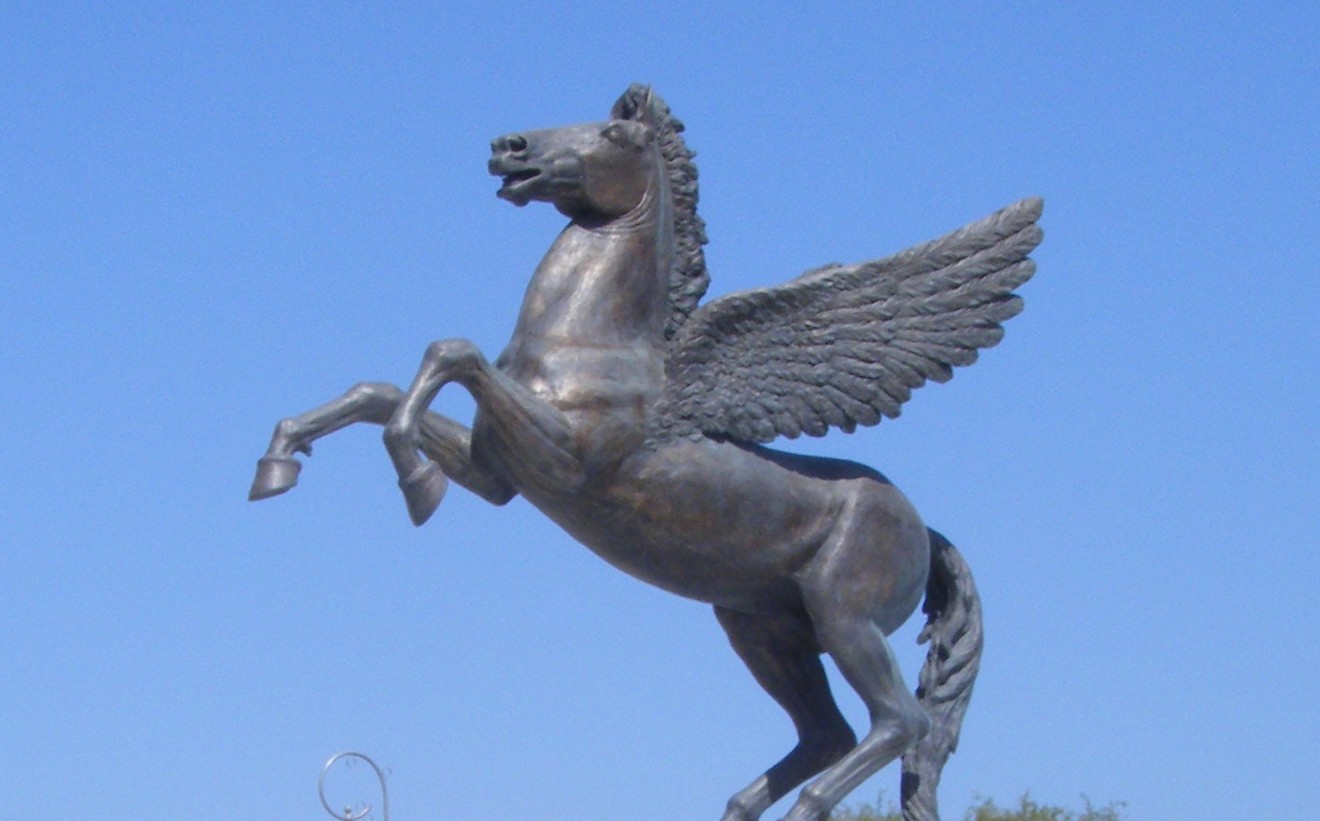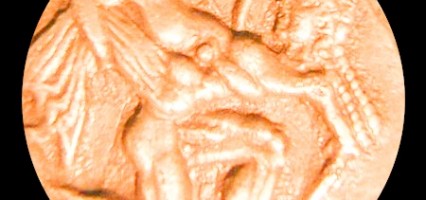Happy New Old Life!
Christmas is time for deep reflection on the past and happy thoughts for the future. At least for me! I always use the free time to understand better what I achieved so far, and what I would like to target in the future. For some disturbing reason, this year I decided to return to the past! As a historian, it would seem to be the obvious choice for many. And yet, it is not the obvious choice for me. For the past year I was dealing almost exclusively with innovative companies. In a sense, ... »

